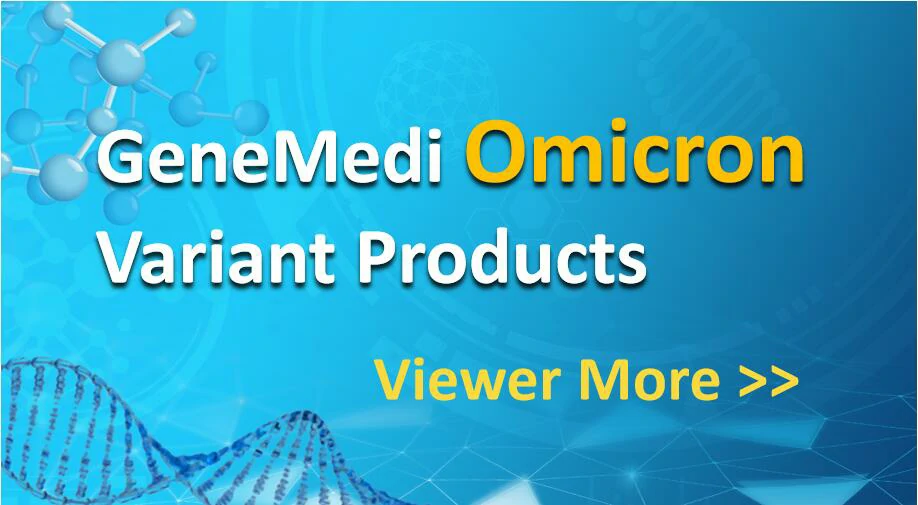FDA approved Antibody-drug conjugate (ADC) for clinical use Clinically, most of the ADC drugs approved by FDA are IgG1, and the targets are CD33, CD22, HER2 and so on. The most common payload is MMAE, also contains calicheamicin, DM1. ADC drugs are mainly used in the field of antitumor, which is one of the hot […]
Category Archives: add
The structure of antibody-drug conjugate (ADC) ADC consists of antibodies and payload, linker connects antibodies and small molecule drugs. After ADC drugs enter the blood, its antibody part will recognize and bind to the surface antigen of target cells. Theninternalizing ADC antigen complex into cells through endocytosis, the complex will be degraded by lysosomes and […]
Product List Case study: Product data of Antibody-drug conjugate (ADC) Antibody Payload QC Ab-001 VCMMAE SDS-PAGE(reducing and non-reducing) Human IgG1 Control DAR Ab-002 Cytotoxity assay First, we used a higher dose of reducing agent (TCEP) and small toxic molecule (vcmmae) to ensure the success of coupling. SDS-PAGE (reducing DTT & non reducing DTT) results showed […]
Controlled Fab arm exchange (cFAE) has proven to be a generic and versatile technology for the efficient generation of IgG-like bispecific antibodies (DuoBodies or DBs). This involves the recombination of antigen-binding arms (heavy chain–light chain (H-L) pairs) between individually expressed antibody molecules and is termed Fab-arm exchange, can be modified to make the routine generation […]
Since an IgG antibody has two antigen-binding fragments (Fab) both of which link to an Fc region, there had long been a concept of an asymmetric bispecific IgG antibody capable of binding to two different antigens or epitopes. The asymmetric reengineering technology immunoglobulin (ART-Ig) is a humanized asymmetric bispecific IgG antibody. An asymmetric bispecific IgG […]
Rat-mouse hybrid IgG is a monoclonal antibody with binding sites for two different antigens, typically CD3 and a tumor antigen, making it a type of bispecific monoclonal antibody. In addition, its intact Fc-part can bind to an fc receptor on accessory cells like conventional monospecific antibodies. The net effect is that this type of drug […]
Tribodies are multifunctional recombinant antibody derivatives. The Fab fragment serves as a specific heterodimerization signal, and the two scFv fragments are each fused to a different Fab chain. In this way we obtain a molecule of intermediate molecular weight (100 kDa) which allows incorporating three different antibody fragments (Fig. 1). This manifold, tribody, can be […]
Diabody is a noncovalent dimer of single-chain Fv (scFv) fragment that consists of the heavy chain variable (VH) and light chain variable (VL) regions connected by a small peptide linker. Another form of diabody is single-chain (Fv)2 in which two scFv fragments are covalently linked to each other. bispecific bivalent dimers are produced by using two […]
Dual-affinity re-targeting proteins (DARTs) encompasses of two Fv fragments, containing two single antigen-binding sites formed when two Fv fragments heterodimerize. The Fv1 contains of a VH from antibody A and a VL from antibody B, whereas Fv2 contains VH from antibody B and VL from antibody A in the order of VL (1)-VH (2) and […]
A tandem scFv links two or more scFvs with the helical peptide linkers in the orientation NH2–VL1–VH1–(linker–VL2–VH2)n–COOH, resulting in a single chain bivalent and bi-specific molecule encoded by a single gene (Figure 2). Tandem scFv can be used to target two different antigens on two different cells, two different antigens on the same cell, or […]




